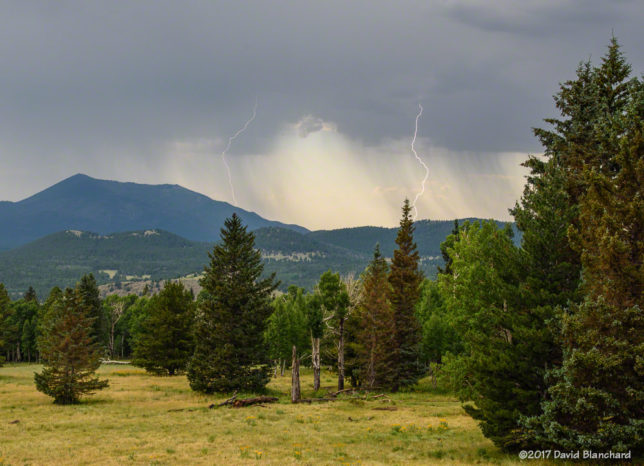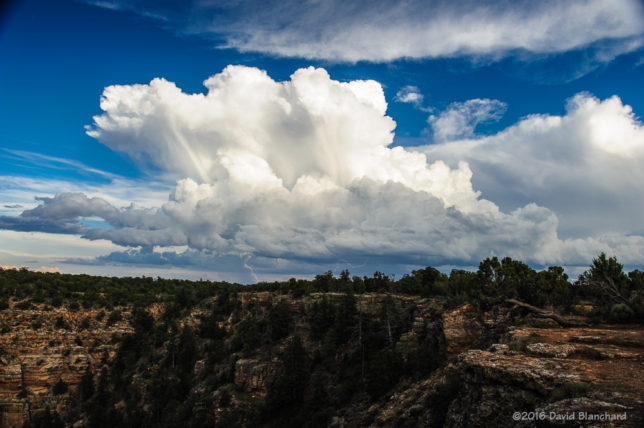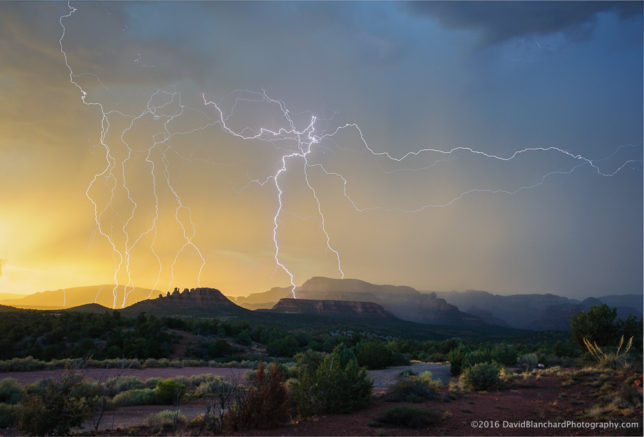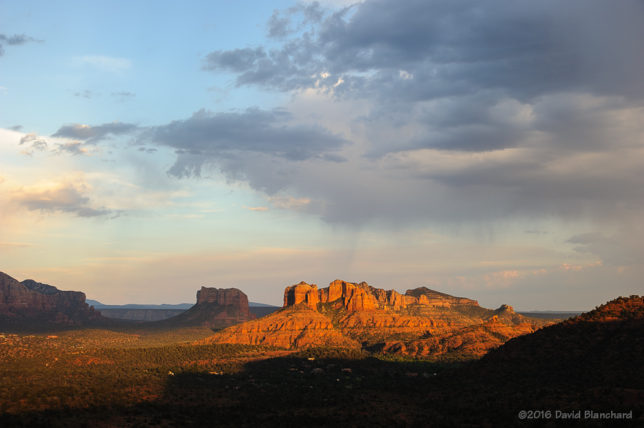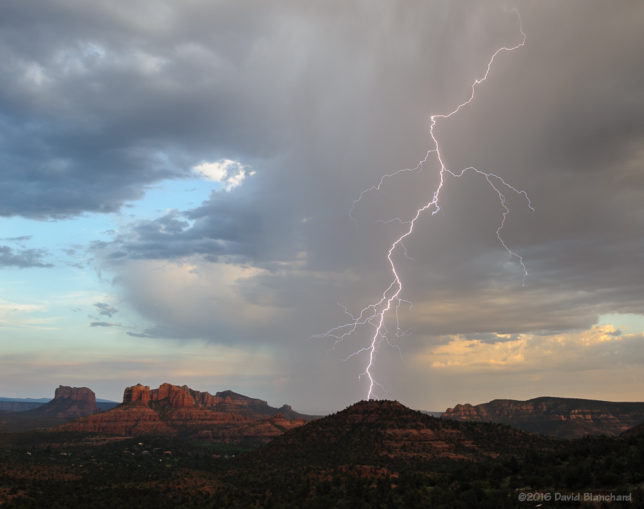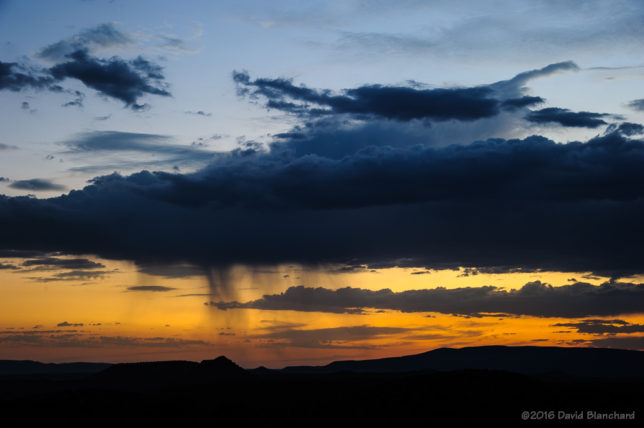The North American Monsoon is now in full swing across the southwest and Arizona. This brings thundershowers almost every day to northern Arizona along with a chance to photograph lightning.
I have been photographing lightning for a long time with my earliest images using an old manual focus/exposure camera with film. Those were challenging because you had to guess at the exposure (although there were many fine articles online even then on camera settings). There was no way to do a quick check of the exposure to see if it was good. On the other hand, we usually shot in the evening or nighttime hours using long exposures of several seconds or more so you were usually pretty certain whether you had the shutter open at the right moment.
With digital, everything has changed. You can instantly check your image and see whether or not you captured the lightning. There are several lightning triggers on the market that will fire the shutter for you.
Here are some recent images taken in several different locations over the past few weeks.

These were mainly in-cloud flashes so the best option was to leave the shutter open for 10-15 seconds. The longer exposure also allows some stars to appear in the image.
